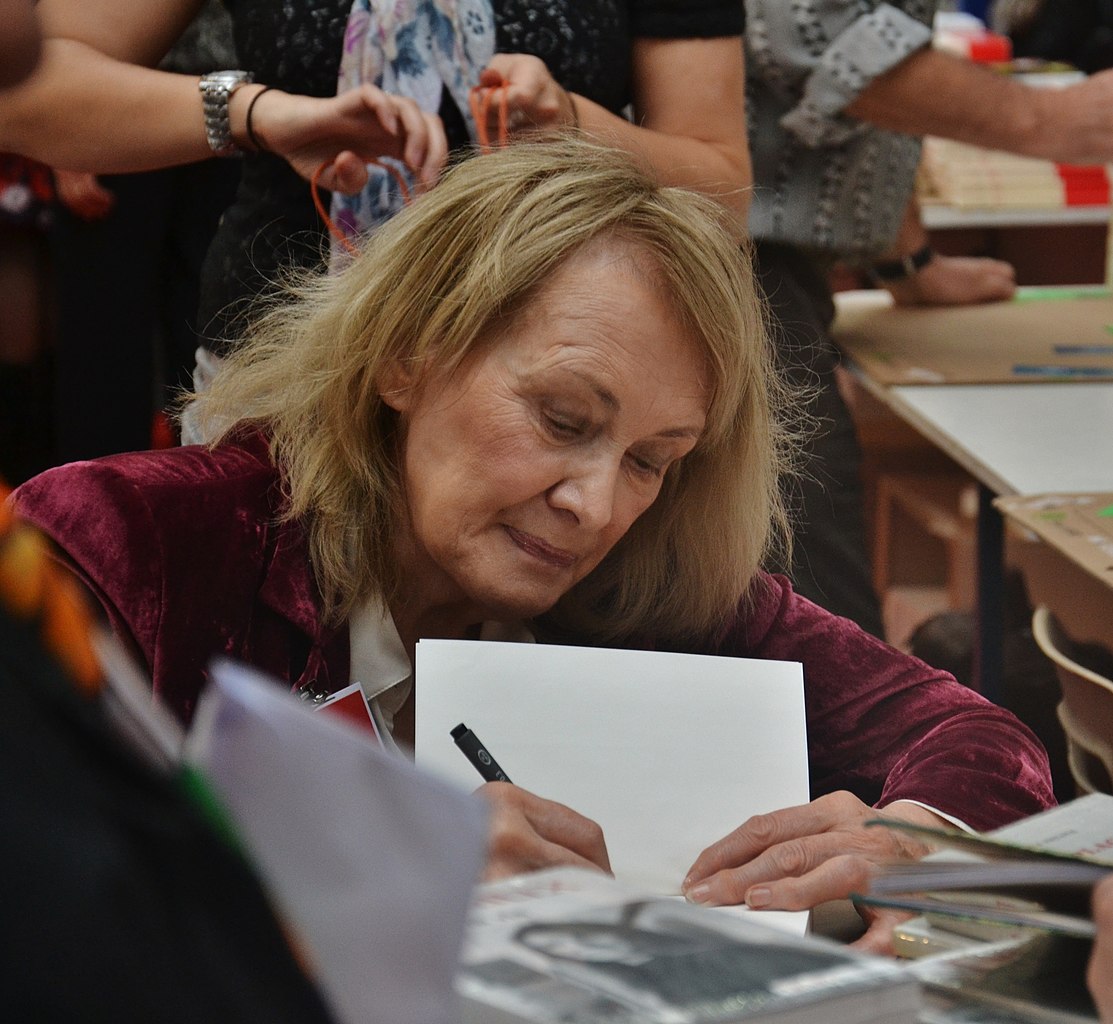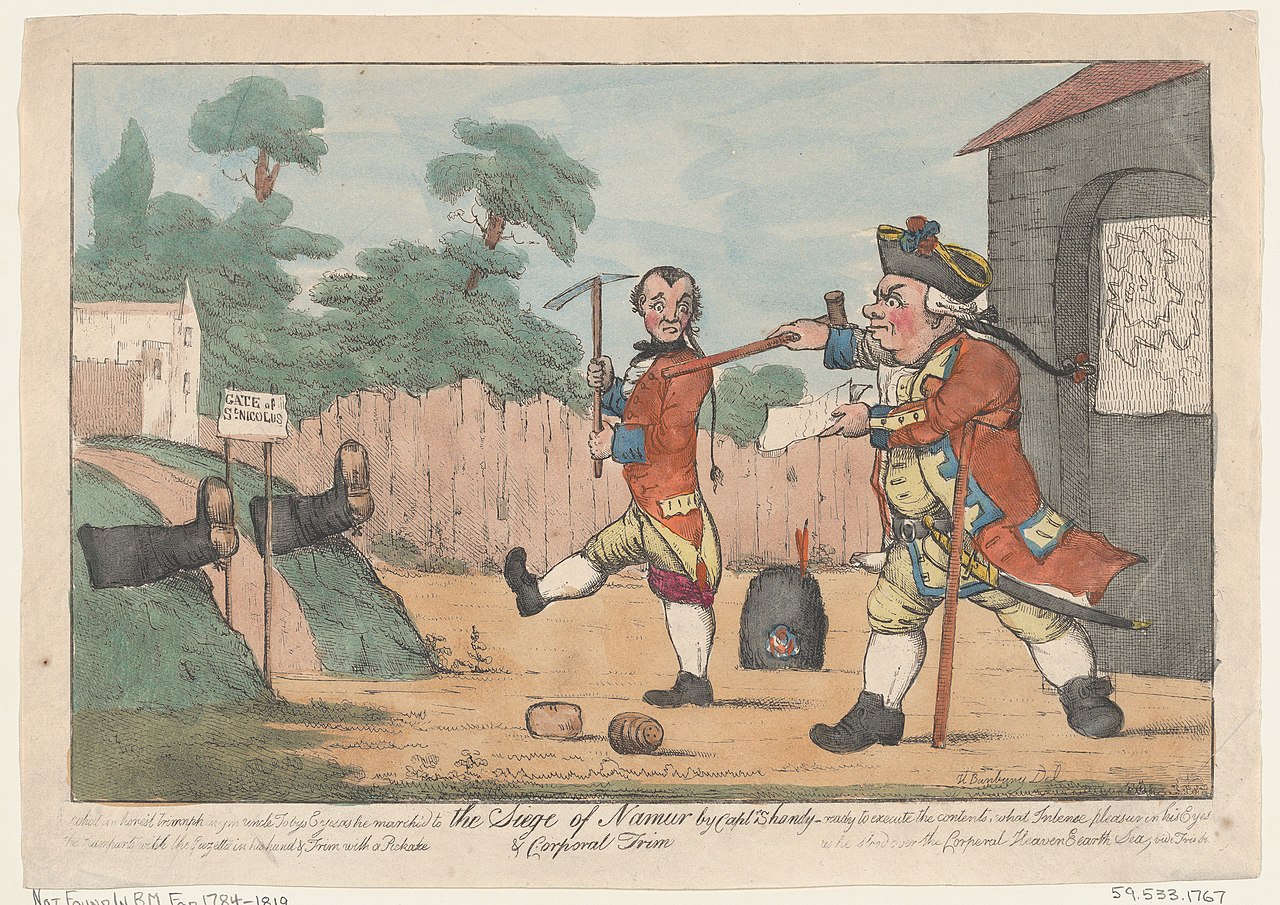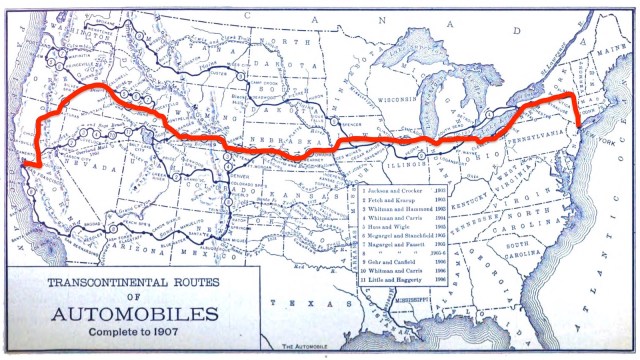How French mathematicians birthed a strange form of literature

- Influenced by mathematics, an obscure group of French thinkers set out to explore structural effects in literature.
- The philosophy of the “Oulipians” would surface in the work of Italo Calvino and Georges Perec.
- The strict rules of the lipogram produced mind-bending literature in ancient Greece and 20th-century Europe.
On November 24, 1960, at a café in Paris, two Frenchmen, Raymond Queneau and François Le Lionnais, met with a group of fellow mathematically-minded writers and literature-minded mathematicians and formed the Ouvroir de littérature potentielle, or Oulipo (from the first letters of the words). This translates roughly as “workshop of potential literature.” The aim of the group was to explore new possibilities for structures that could be used in literature, whether that be poetry, novels, or plays.
Since mathematics is the lodestone of structure, the group was particularly interested in how mathematical ideas could be starting points for new literary forms and structural constraints. Queneau and Le Lionnais are not well known outside literary circles, but you have probably encountered Oulipians like Italo Calvino and Marcel Duchamp.
The question of how to make something new in art is hardly unique to 1960s France, nor is it unique to literature. The Oulipian response — use mathematics — can be seen as in some part a reaction to the Surrealists, with their automatic writing and other techniques to get material out of the subconscious and onto the page. The basic idea of the Oulipo is that one way to create new kinds of literature is to create new literary forms and work within them. And what is a literary form but the imposition of some kind of constraint upon words — the number of lines in a sonnet, for example? Even the building blocks of language are usually understood to come with rules — a sentence “must” contain a noun and a verb, for instance.
There was something going on in mathematics writing at the time, too, that influenced the Oulipians, and that was the series of books by Nicolas Bourbaki that had been appearing at regular intervals since the 1940s. Here’s an interesting thing about Bourbaki: there is not now, and never has been, a mathematician by that name. Bourbaki was the pseudonym of a group of mostly French mathematicians who got together to write, collectively and anonymously, a series of books that would cover what you might call the entire architectural foundation of modern mathematics, from first principles. It’s a pretty amazing story — and these books are still in use today. The volume I have, covering one of my own research interests in algebra, is certainly rather dog-eared.
The practice of setting out the rules of engagement for your subject and then proving theorems based on this solid foundation has a noble lineage, going back thousands of years to Euclid. The rules of engagement are, first, to define the words you’re going to use, just to establish that we all mean the same thing when we say “circle” or “line,” and then to establish some starting points — things that we agree are true and from which we can deduce further truths.
What this approach does for mathematicians is exactly what a constraint like the sonnet form does for poets: it gives you a structure and then invites you to explore it. What can I achieve within this setting? Within the rules of Euclidean geometry, we can prove Pythagoras’s theorem. Within the rules of sonnets, we can write “Shall I compare thee to a summer’s day? Thou art more lovely and more temperate.”
So what sort of “axioms” might make sense in literature? One very simple example is the one used in what are called lipograms. These are texts in which certain letters are forbidden. (The word “lipogram” comes from the ancient Greek for “leaving out a letter.”) The best-known lipogrammatic novel is Georges Perec’s La Disparition, published in 1969. It is a text satisfying a single axiom: The letter e is forbidden. Now, in most, if not all, European languages, e is the most challenging letter to omit, because it is the most common. In French, more than one-sixth of the letters in normal text are e’s (including accented versions like é and è and ê). Try to write just one sentence without an e. It’s difficult to do. (See what I did there? Or rather: Look at my action just now.)
The Oulipo did not invent lipograms. They have a long history going back as far as ancient Greece, where the sixth-century BCE poet Lasus of Hermione wrote at least two poems that deliberately avoided using the letter sigma, apparently because he didn’t like it. To each his own, I suppose. A tenth-century Byzantine encyclopedia called the Suda mentions a much more ambitious enterprise. It tells of a poet called Tryphiodorus who, nearly a thousand years after Lasus, produced a lipogrammatic version of Homer’s Odyssey. The Odyssey has 24 books, and the Greek alphabet, at least at that time, had 24 letters. Each book of Tryphiodorus’s Odyssey (which is now lost, sadly) omits one letter — the first book has no α, the second has no β, and so on.
La Disparition was not even the first novel to omit the letter e. That honor goes to Gadsby, a now almost forgotten 1927 novel by Ernest Vincent Wright. The Oulipians have a cheeky term for work produced in an Oulipian spirit that happens to predate the foundation of the Oulipo: anticipatory plagiarism. (There is a knowing wink to the anticipatory plagiarism of Gadsby in La Disparition — a character called Lord Gadsby V. Wright.)
With Wright’s work, and every other lipogram, there is always a question: Yes, it’s clever, but why do it? Does it help to make good art? There is no particular reason to write Gadsby without the letter e — nothing in the text makes that choice especially relevant. I have nothing against an intellectual challenge, but you want to feel that it’s not just a sterile game. This, I think, is what raises La Disparition above almost all other lipogrammatic texts.





